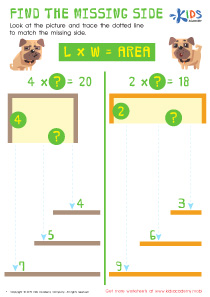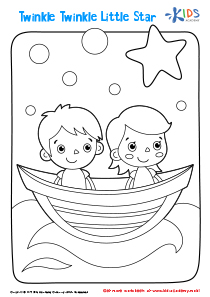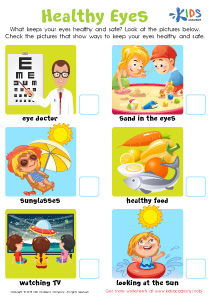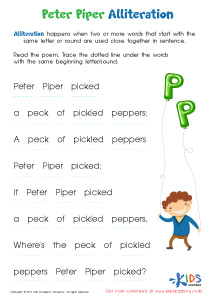Foundational Reading Lessons | Inflectional Endings, Kindergarten
0 results
Introduce your Kindergarteners to the fascinating world of language inflections with our Inflectional Endings Lessons! Our interactive worksheets, educational videos, and assessment quizzes will help your little ones master the art of adding -s, -ed, and -ing to words. With engaging activities, including fun games, animated characters, and colorful illustrations, our lessons make learning about inflectional endings fun and easy. Our curriculum is specially designed to develop language skills, build vocabulary and improve grammar in young learners. Give your child the gift of language and sign up for our Inflectional Endings Lessons today!
Inflectional Endings Lessons: Helping Kindergarteners Achieve Success in Reading and Writing
As children enter Kindergarten, they start developing essential skills that will help them succeed in their studies, such as learning how to read and write. It’s vital to provide them with the necessary tools, knowledge, and practice to advance their skills and feel confident and engaged in the learning process. One crucial aspect of literacy, which lays the groundwork for advanced reading and writing, is understanding inflectional endings.
Inflectional endings are word parts that are added to base words to modify their meaning, tense, number, or function. In English, the most common inflectional endings are -s, -es, -ed, -ing, -er, and -est, among others. Understanding how inflectional endings work allows children to comprehend and produce more complex language structures and convey their ideas and feelings more effectively.
That’s why our Inflectional Endings Lessons can be so helpful for Kindergarten students. By using interactive worksheets, educational videos, and assessment quizzes, these lessons provide children with a fun, engaging, and meaningful way to develop their inflectional endings skills. Here’s how:
1. Interactive Worksheets
Our Inflectional Endings Worksheets are designed to help children practice identifying, using, and understanding inflectional endings in a hands-on, visual, and playful way. The worksheets feature colorful illustrations, clear instructions, and a variety of activities, such as:
- Matching the correct inflectional ending to a base word or sentence.
- Adding the appropriate inflectional ending to a word to make it plural, past tense, or present participle.
- Highlighting the inflectional endings in a sentence and explaining their purpose.
By completing these activities, children can enhance their vocabulary, grammar, and communication skills while enjoying the learning process.
2. Educational Videos
Sometimes, children need additional support to grasp complex concepts, especially if they are visual learners. Our Inflectional Endings Videos can offer this support by presenting the topic in an engaging, entertaining, and memorable way. The videos feature friendly characters, catchy songs, and clear explanations of how inflectional endings work and what they do. Some examples of the topics covered in the videos are:
- The -s and -es inflectional endings for making nouns plural.- The -ed and -ing inflectional endings for changing the tense of verbs.
















